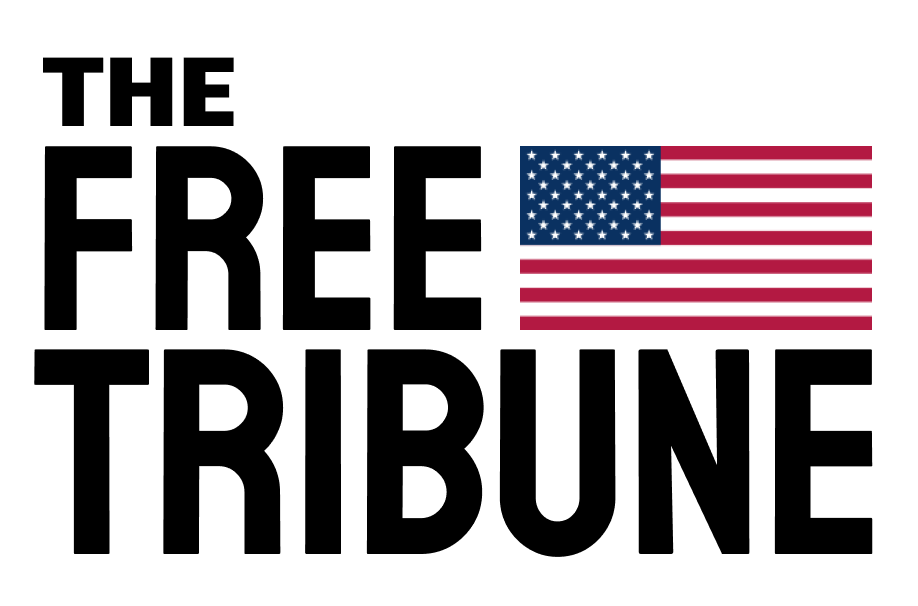As the possibility of a ban looms over the immensely popular Chinese app TikTok in the United States, it’s worth reflecting on the app’s history in India, where it was banned nearly four years ago.
In June 2020, amid escalating tensions between India and China following a deadly clash along their border, the Indian government abruptly banned TikTok and dozens of other Chinese apps. The move was driven by concerns over privacy and national security, with the government citing the potential threat posed by Chinese-owned apps.
The ban received widespread support in India, where there had been calls for a boycott of Chinese goods in the wake of the border clash. Digital policy expert Nikhil Pahwa noted that the ban was preceded by restrictions on investment from Chinese companies, indicating a broader trend of scrutiny toward Chinese businesses in India.
With approximately 200 million users in India at the time of the ban, TikTok’s sudden departure left a significant void in the country’s social media landscape. However, rival platforms such as YouTube and Instagram quickly stepped in with their own short-form video features, capitalizing on the opportunity to capture TikTok’s market share.
In India, TikTok had fostered a unique community of content creators, particularly from smaller cities and towns, who showcased their talents and daily lives through the platform. Despite initial challenges, many users and creators successfully transitioned to alternative platforms like Instagram, adapting to the new environment and continuing to engage with their audiences.
Fast forward to the present, and TikTok is facing a similar threat of prohibition in the United States. Congressional approval has been granted for legislation that would compel TikTok’s parent company, ByteDance, to divest the app within nine months or face a ban. While the process could take at least a year to unfold, potential legal challenges may further prolong the timeline.
Comparing India’s ban with the situation in the U.S., Pahwa highlights key differences. In India, the ban was swiftly implemented without prolonged legal battles, whereas the U.S. presents a more complex scenario due to factors such as free speech protections under the First Amendment. Nevertheless, concerns about national security and the influence of Chinese-owned apps remain pertinent issues for policymakers globally.
As Chinese apps continue to expand their presence worldwide, Pahwa emphasizes the importance of countries reassessing their reliance on Chinese technology and implementing measures to mitigate potential risks. He underscores the need for differentiated regulatory approaches based on democratic principles and national security considerations, particularly in light of China’s cybersecurity laws and the potential for state influence over private companies.
Ultimately, the experiences of both India and the United States offer valuable insights into the challenges and complexities associated with regulating foreign-owned apps in an increasingly interconnected digital landscape.

